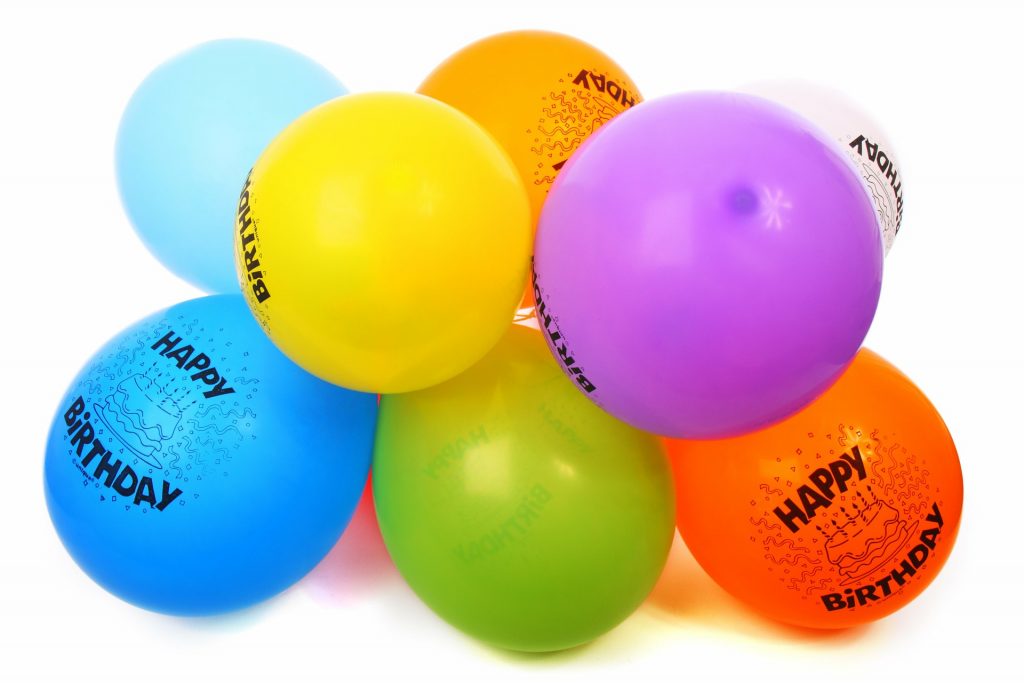Remember when your mom made the best cupcakes or cookies and brought them to school for your birthday? Or when other parents brought in homemade goodies for holiday parties? Well, times have changed, and schools are now being held accountable for protecting both students and staff from a variety of hazards, including exposure to food allergens and foodborne pathogens. Parents can help by knowing their school’s rules on what treats can and cannot be brought into school classrooms.

What’s Allowed in Most Classrooms?
Today, some schools have rules that do not allow homemade treats to be brought into the classroom. Most schools are establishing this rule due to food safety and food allergy concerns. With food allergies becoming more prevalent among young children, teachers and staff are becoming more careful about what they allow in the classroom. By eliminating homemade goods, the idea is to avoid any possible food contamination or common food allergens.
In addition to restrictions on homemade goods, many schools have implemented wellness policies, which include a component on nutritious treats. These policies encourage parents to send treats that are more nutritious compared to cupcakes and other traditional sweet treats.
Every school is different, however. Some schools still allow homemade goods and some do not, and some schools have policies on nutritious treats and others do not.
Some Helpful Tips:
Most teachers inform parents of the school’s food rules at the beginning of the year. But, if you are not made aware, below are some things to consider before sending your child to school with a treat to share:
Call the school office and ask what the school’s policy is on homemade treats.
Contact the school district’s child nutrition services department to determine what treats are allowed under the wellness policy.
Ask your child’s teacher if there are children in class with food allergies and avoid taking any treats to school that could potentially harm another child.


